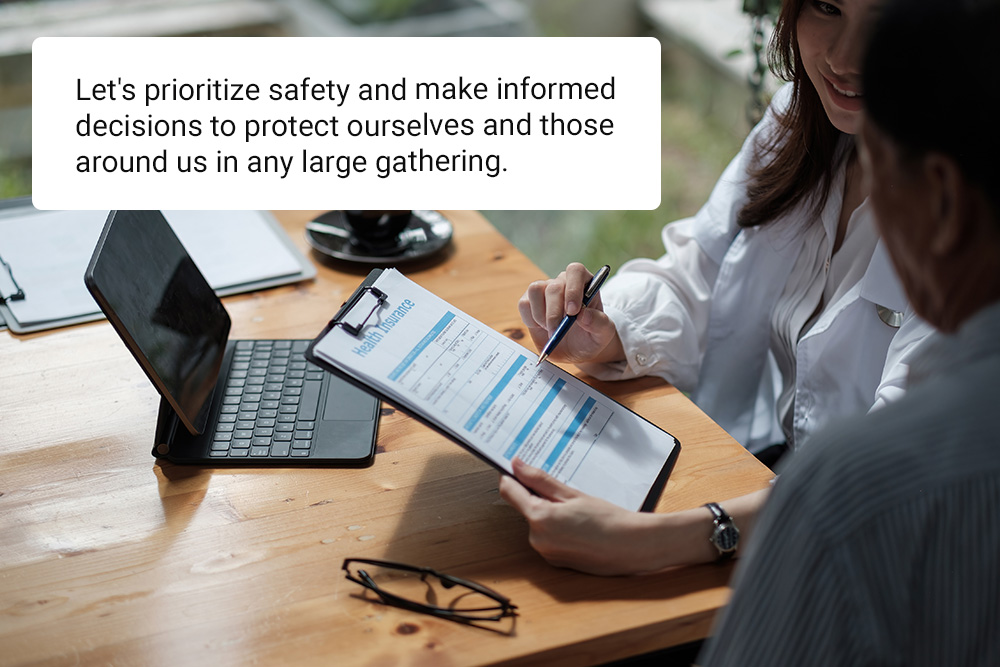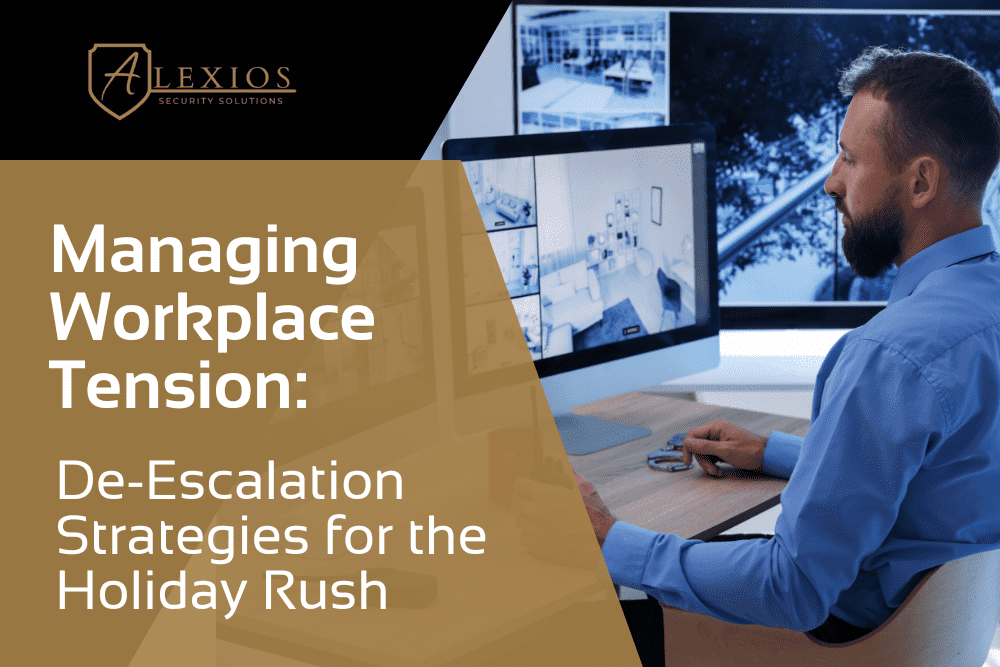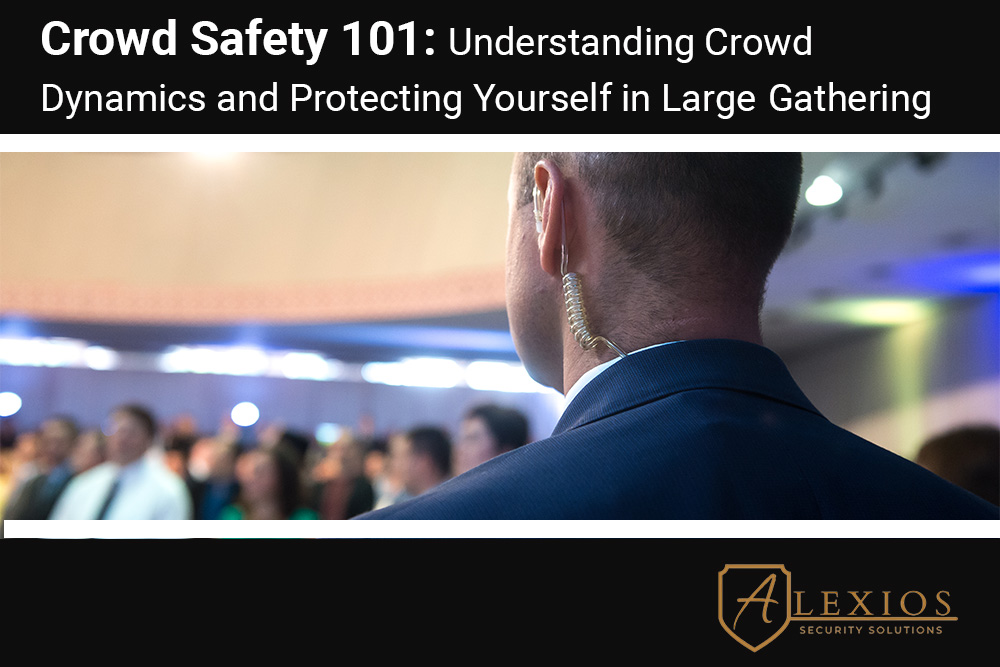
In some ways, being part of a crowd can feel safer than being alone. However, there are also times when it can also be more dangerous. On one hand, there are a lot of people around, which can deter criminals because they can easily be seen by someone.
However, as most people in a crowd are busy talking to friends or watching the event itself and not paying attention, it may also be possible to get away unseen. If a criminal is willing to take the risk, they could strike.
According to International Security Ligue, over 2,000 people die each year as a result of injuries sustained in large crowds. Their report also states that a majority of these are the result of poor planning, especially during sporting events, music festivals, and concerts where crowd crush incidents are most likely to occur.
Let's take a look at a few ways to protect yourself in a large crowd and some of the crowd control procedures that you might encounter during a large event.
Personal Safety in Large Gatherings
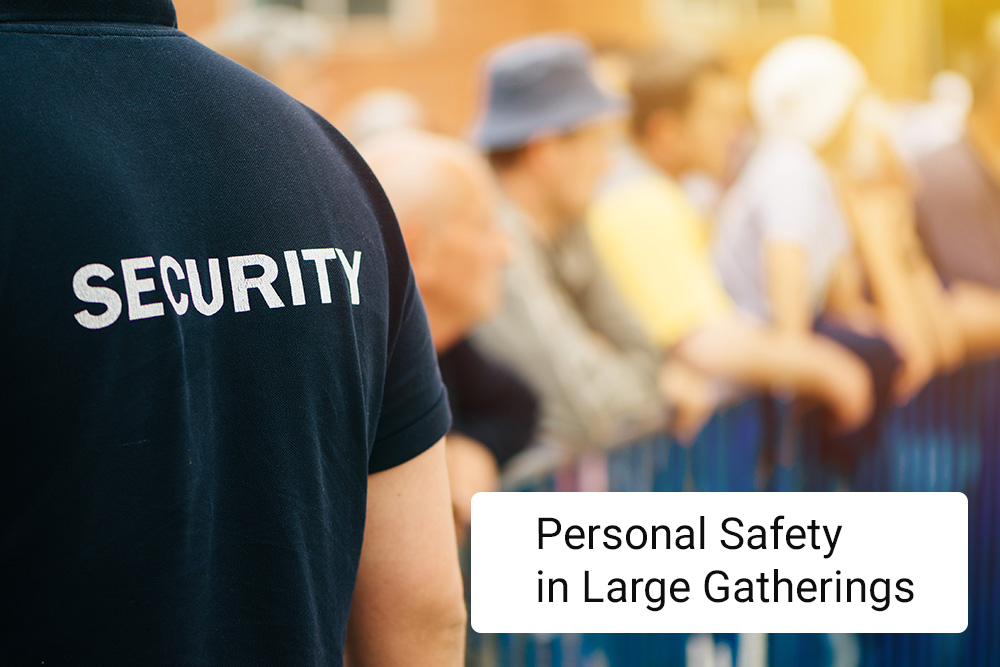
It's always important to maintain personal safety, especially during large gatherings. Perhaps the most important event safety tip is always to maintain situational awareness at all times. You should absolutely still enjoy the event, of course, but being prepared and ready for anything will help keep you safe.
It should also be noted that personal protection is different than self-defense. When attending sporting events, music festivals, or other packed entertainment venues, maintaining a safe distance and being aware of crowd dynamics can prevent being caught in a crowd crush or stampede situation that often develops suddenly.
Assessing Potential Risks
Risk assessments go both ways. First, the event organizers should conduct one in the days or weeks ahead to locate points of vulnerability, strategic locations to monitor, and much more to ensure the event goes smoothly and with the lowest possible risk.
However, you may also want to do a personal risk assessment as your potential hazards or risk factors might be different than theirs. If the organizers' risk assessment was conducted by a quality security services firm, everything should be fine.
However, a poorly run organization might not conduct one at all or, if it does, have it conducted by an insurance company or lawyer, who could focus on avoiding liability and reducing the risk of getting sued rather than making sure every attendee remains safe.
Although most events will have a proper risk assessment conducted by knowledgeable security experts, it's always a good idea to check things out for yourself. For both indoor and outdoor events, it's always a good idea to plan an escape route and meeting point for everyone in your party just in case something happens.
Crowd safety strategies today can also mirror principles used in early-stage planning for startups—anticipating risks before they escalate. Just as accredited investors analyze a valuation cap or convertible note in a simple agreement for future equity (SAFE), security planners evaluate vulnerabilities and mitigation options before an incident develops into a crowd crush or panic.
Training Classes
There are many safety-oriented training classes that will help prepare you for a variety of situations, including large gatherings. Active shooter training, for example, is something that everyone with the ability should take. A CPR class can be invaluable if a situation arises, and there's a good chance an EMT won't be able to make it right away.
These safety programs, much like early-stage investments that lead to an initial public offering, build a foundation of preparedness that pays off when emergencies arise.
Crowd Management Techniques

Whether you're planning a gathering or attending one, there are several crowd management techniques that should be utilized before, during, and after the event takes place. First, there should be posted placards or signs to direct attendees to important locations like exits, bathrooms, and food or drinks, among others.
Second, there should be some form of barricade and a "do not enter" sign on any location where attendees shouldn't go. This will prevent confusion and make sure that all attendees are accounted for and not wandering around lost in corridors.
There should be some combination of private security, uniformed police officers, and staff wearing easily recognizable clothing to help guide everyone and make sure everything stays safe for both workers and guests. If you're feeling unsafe or need help in any way, don't hesitate to ask anyone in uniform. They'll either help or direct you to someone who can.
This proactive approach to crowd safety at music festivals and sporting events works like due diligence in investment decisions careful planning, evaluation, and communication prevent chaos and keep everyone safe.
The Main Key: Communication
A major key to everyone's safety is communication. First, event staff, security, and police will likely carry radios or walkie-talkies to remain in constant communication should an incident arise. If you're feeling unsafe and need someone to escort you out of the venue and you can't find anyone in uniform, especially if it's dark, look for someone with a radio. There's a very good chance that they'll be able to help.
For attendees, you'll also want to be in constant communication with the other members of your party during the event to make sure no one gets lost. If the event has thousands of people, cell phone towers can get jammed and you may end up with no service. It's always good to have a backup plan and a meeting place in case you get separated.
For example, if the event runs from 7 PM until 10 PM, you can agree to meet at a certain time, like 8:30 PM, by the bathrooms or some other location that's easy to find. Then, you can make sure everyone is accounted for and discuss whether you want to stay for the rest of the event or if anyone would rather head home.
Communication in crowd safety management is similar to corporate coordination before a public offering clear, timely, and transparent communication prevents panic and ensures all stakeholders (in this case, attendees) remain safe and informed.
Large Crowd Safety Tips
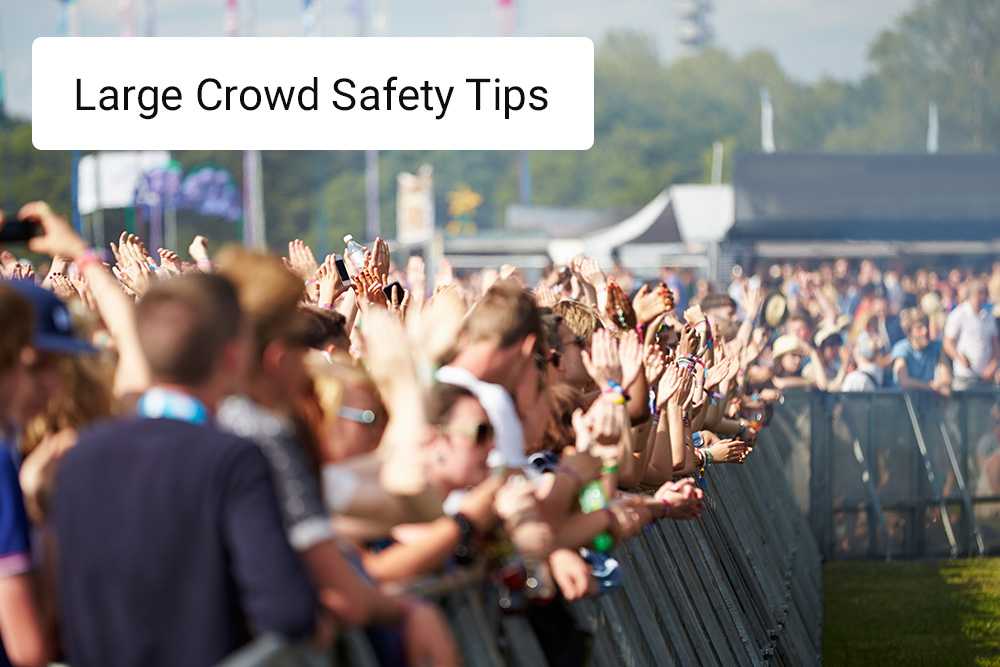
- Always stay alert. You should enjoy the event but not to the detriment of your safety.
- Obey posted signs or placards that explain where to go and where not to go. These aren't posted to take the fun out of everything; they're designed to keep everyone safe.
- Every time you move locations within the event, take note of the nearest exit. Determining your escape route will save valuable seconds if you need to leave quickly.
- Avoid wearing expensive jewelry or anything else of value that could easily be taken or lost in a crowd. If you have people on both sides of you trying to squeeze past, you might not notice right away if it falls off or a thief grabs it.
- Wallets, phones, money, and other valuables should be stored in your front pockets or a purse. Putting them in the back pockets can be an open invitation to pickpockets.
- Wear comfortable shoes that you can run in if necessary. High heels are quite the fashion statement but aren't good if you're trying to leave in a hurry.
- Trust your instincts. If you feel unsafe or start to suspect the crowd is getting out of control (especially where alcohol is being served), leave immediately. Potentially missing out on a few minutes of fun is a small price to pay for safety.
- If a situation starts to occur and you trip or fall on your way out the door, move into a fetal position and protect your head. Most trampling deaths are caused by head injuries, so protecting your head could save your life.
- Communication becomes more difficult as the size of the crowd increases, but it's vital to make sure everyone in the party stays safe. There should be a plan and a backup plan in case something goes wrong, and everyone you're traveling with should know and understand what to do.
Understanding crowd dynamics and implementing safety measures can significantly reduce the risks associated with large gatherings. From personal awareness and risk assessments to crowd management techniques and effective communication, each element plays a crucial role in ensuring the safety of all attendees. By staying alert, obeying safety guidelines, and trusting your instincts, you can enjoy large events while minimizing potential dangers. Remember, safety is not just the responsibility of event organizers; it's a collective effort that requires the participation of everyone involved. Let's prioritize safety and make informed decisions to protect ourselves and those around us in any large gathering.
Remember, safety is not just the responsibility of event organizers; it's a collective effort that requires the participation of everyone involved. Let's prioritize safety and make informed decisions to protect ourselves and those around us in any large gathering, just as investors take careful steps before entering an early-stage investment or purchasing common stock in an initial public offering.
